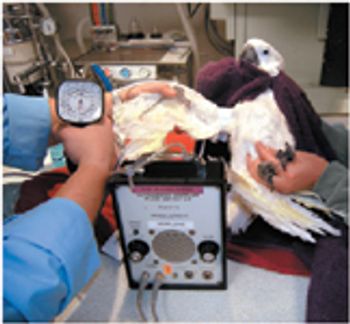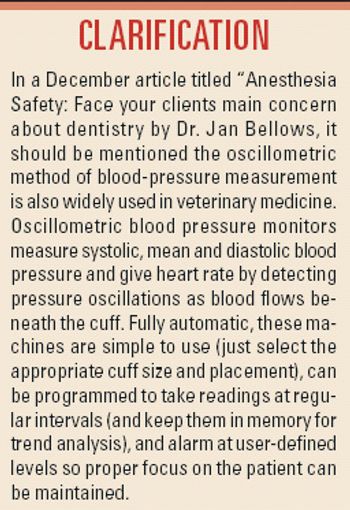Michael P. Jones, DVM, Dipl. ABVP
Articles by Michael P. Jones, DVM, Dipl. ABVP

Anesthetic death is an unfortunate and unwelcome aspect of veterinary practice. Most, if not all, veterinarians have experienced the loss of a patient perioperatively. Especially unsettling is the death of a bird during the postoperative period when the patient is expected to make a complete recovery.

Surgery may be necessary if the lead particles cannot be removed with other methods.

Fungi are commonplace in the environment and some are even considered normal inhabitants of the skin, gastrointestinal tract and other mucous membrane surfaces. In most situations, healthy birds can ward off infection if their immune systems are intact and fully operational. In other cases, however, the immune system may be compromised leading to the development of serious infections. Paramount to properly managing fungal infections in avian species is the ability to recognize infection early in the course of disease, to administer appropriate antifungal medications for the location and severity of infection, and to continually assess a patient's response to therapy. The scope of this article is to provide a brief overview of several fungal diseases in companion avian species.

Viral infections produce lesions on unfeathered areas of skin around the eyes, cere and feet.

Most successful surgical procedures in avian patients, as with other species, require that the veterinarian and his or her staff give special attention to the details of perioperative management. In some instances, special techniques may be required to perform and successfully complete appropriate procedures; however, in many instances the same techniques used in companion species (dogs/cats) may be adapted or adjusted for use in exotic species.

Hemochromatosis results from excessive accumulation of iron in various body tissues.










